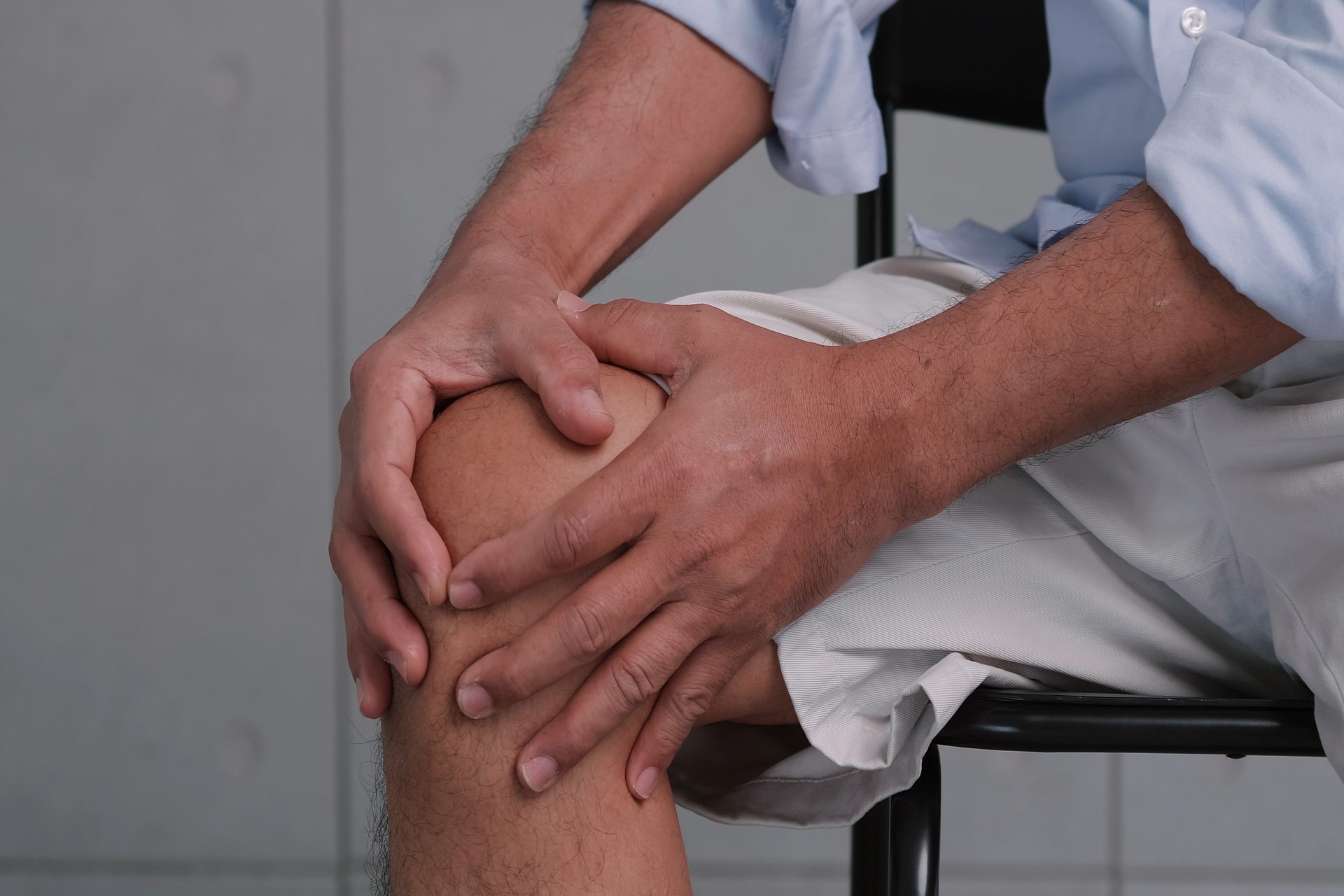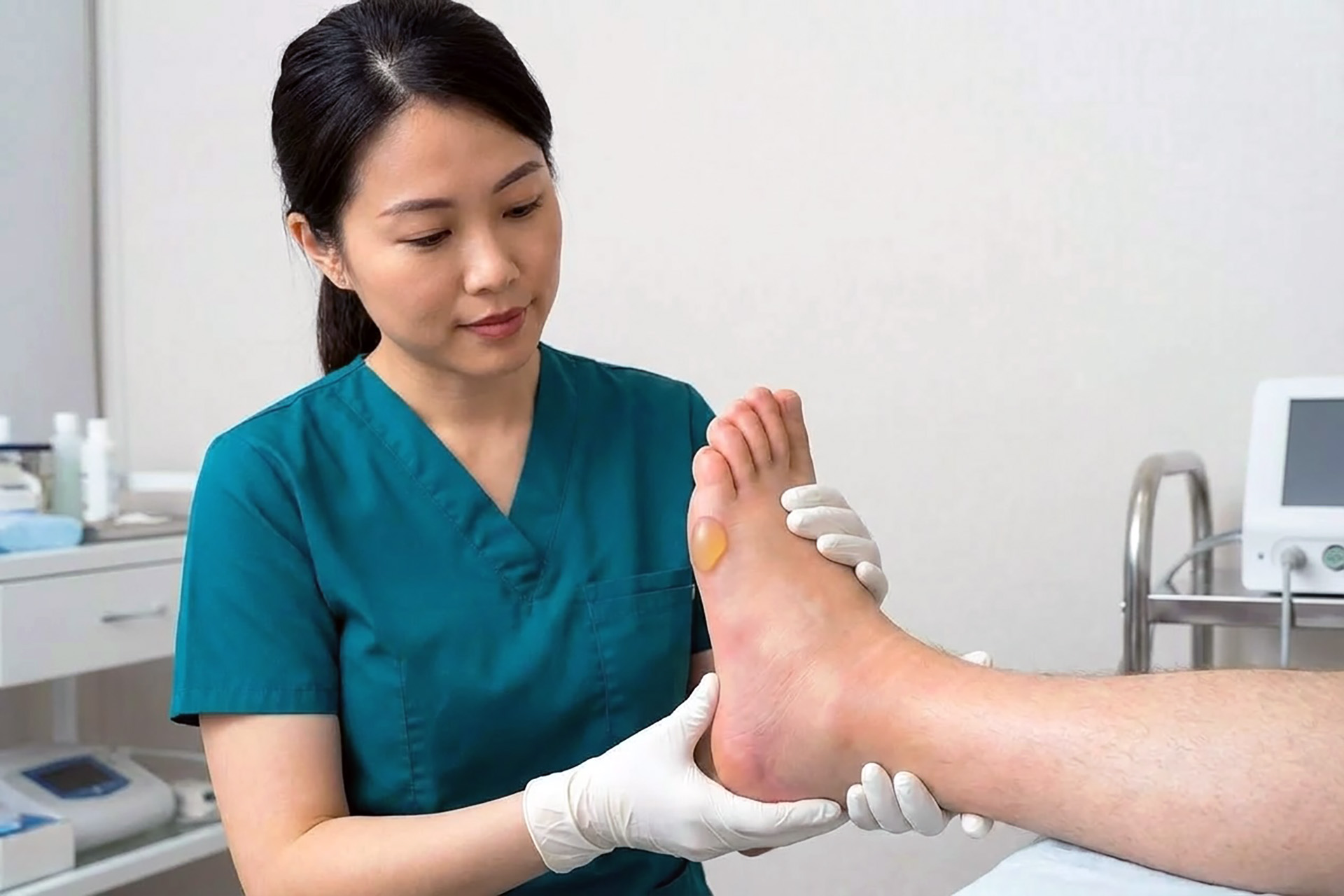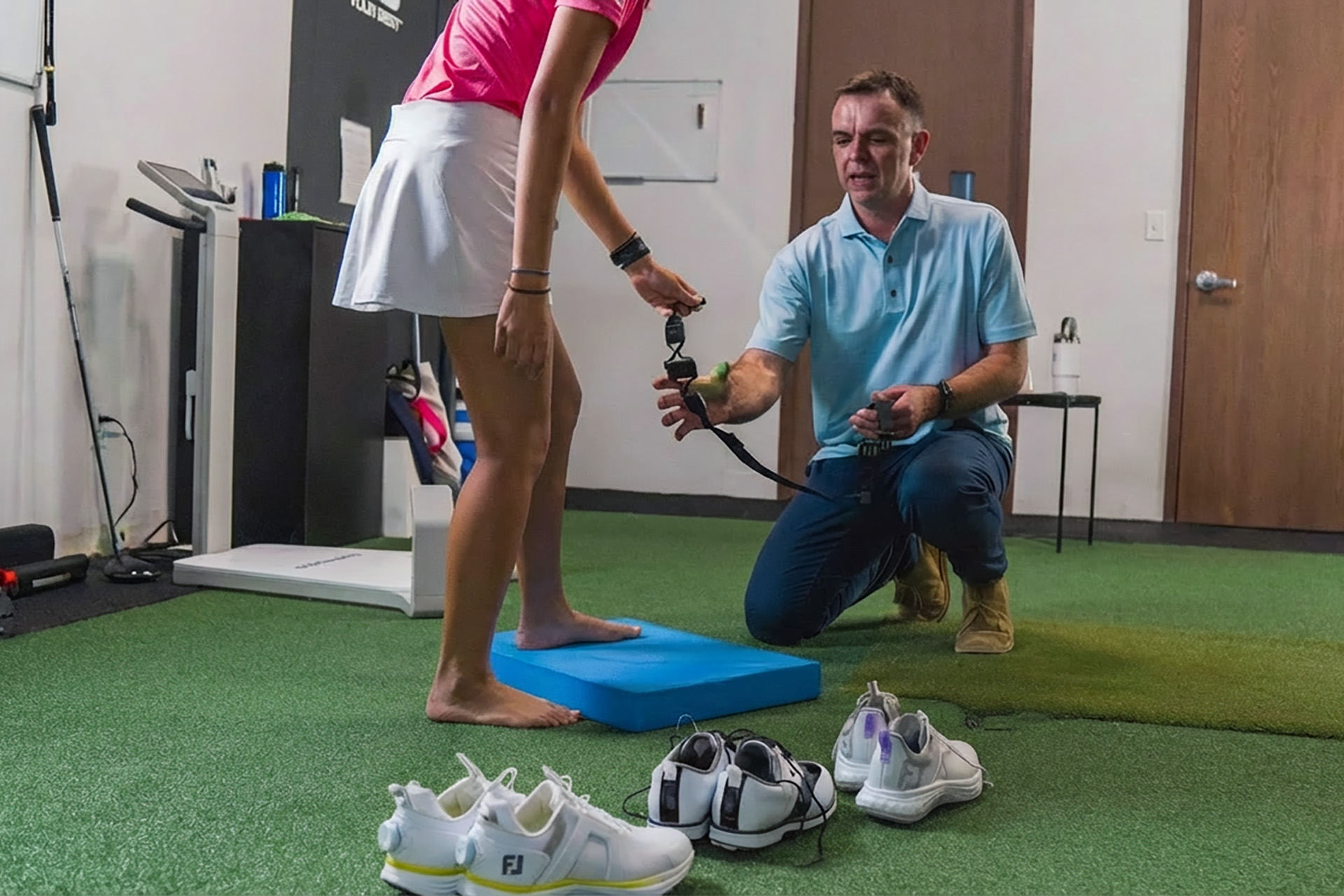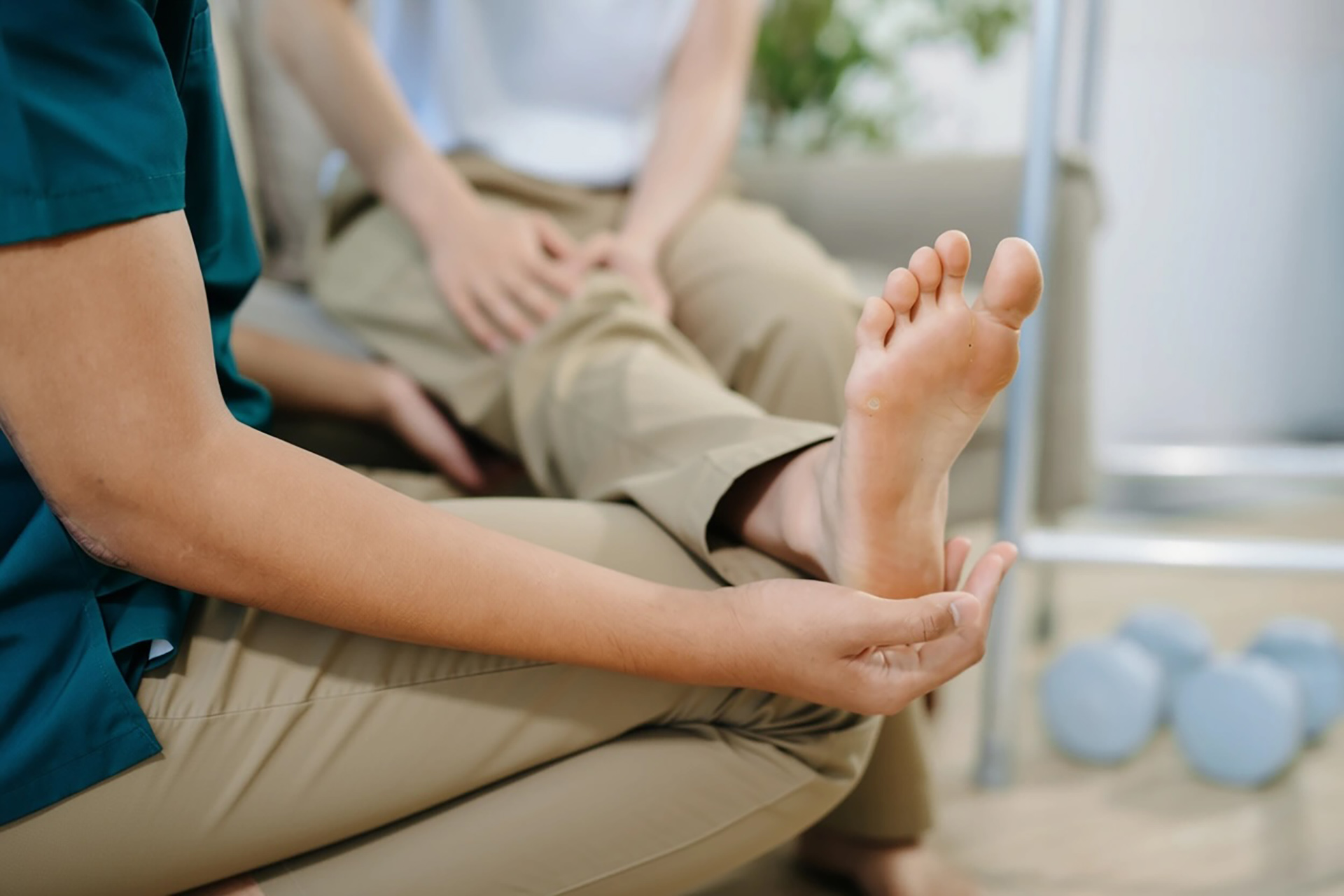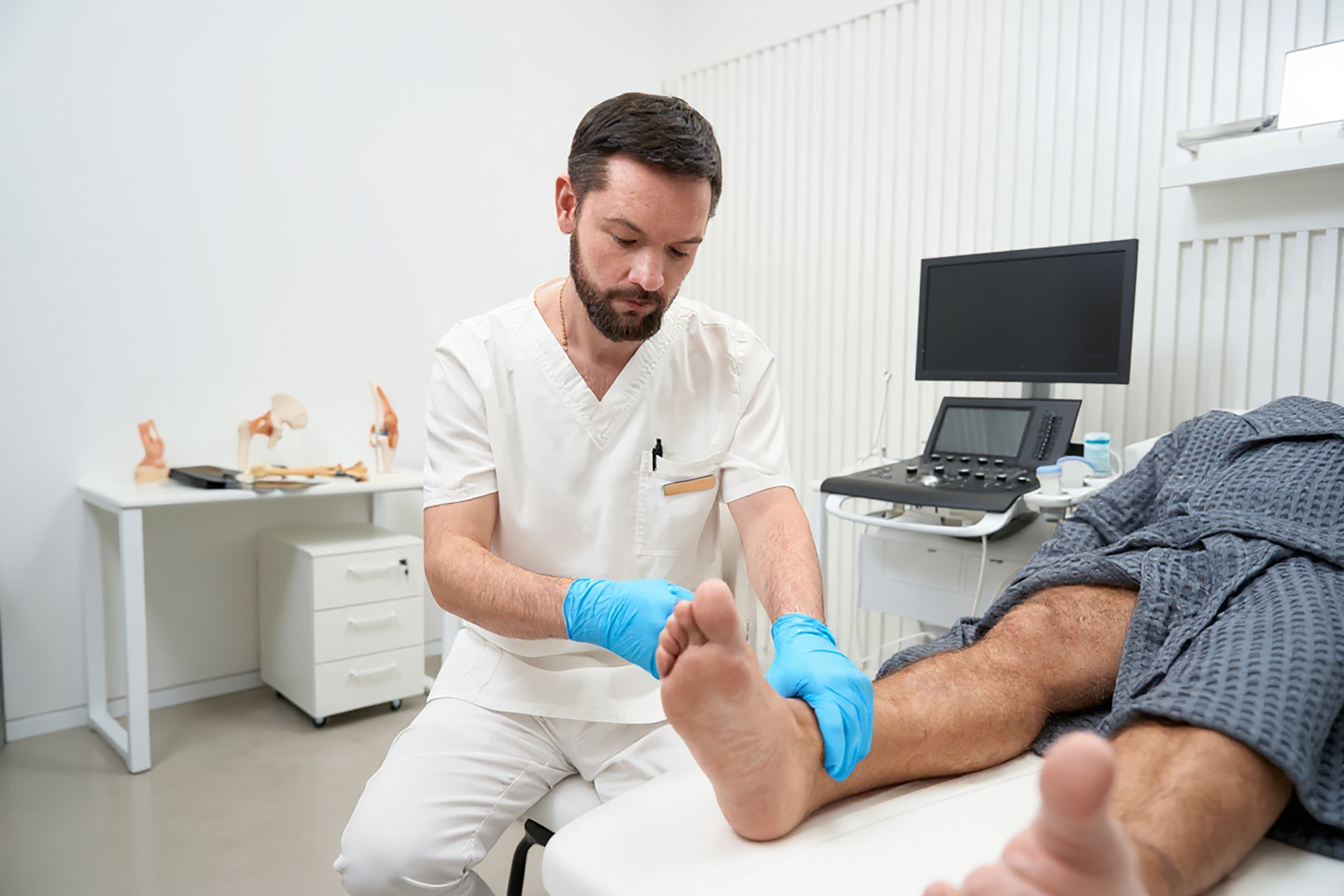We typically think of Osgood-Schlatter Disease as an issue for children or teenagers as it’s more prevalent during growth spurts during puberty. As bone development is affected by repeatedly stressful activities, like running or jumping, this leads to swelling right below the knee, where the thigh muscle connects to the shinbone, and can cause great discomfort around the growth plate. It may seem unlikely to suddenly develop Osgood-Schlatter in adults as the disease is intricately intertwined with rapidly growing bones.
However, it’s not uncommon for a child with Osgood-Schlatter Disease to go untreated, leading to the condition recurring later in life with renewed physical activity. In this article, we will talk about how to handle Osgood-Schlatter Disease in adults.
Understanding and Identifying Osgood-Schlatter Disease
Adults with unresolved Osgood-Schlatter Disease often complain of knee pain that gets worse with physical activities. Upon examination, inflammation and sensitivity may be detected in the region beneath the knee. A check-up might be required. While a podiatrist can usually diagnose the disease based on symptoms and a physical exam, sometimes an X-ray is needed to rule out other knee problems.
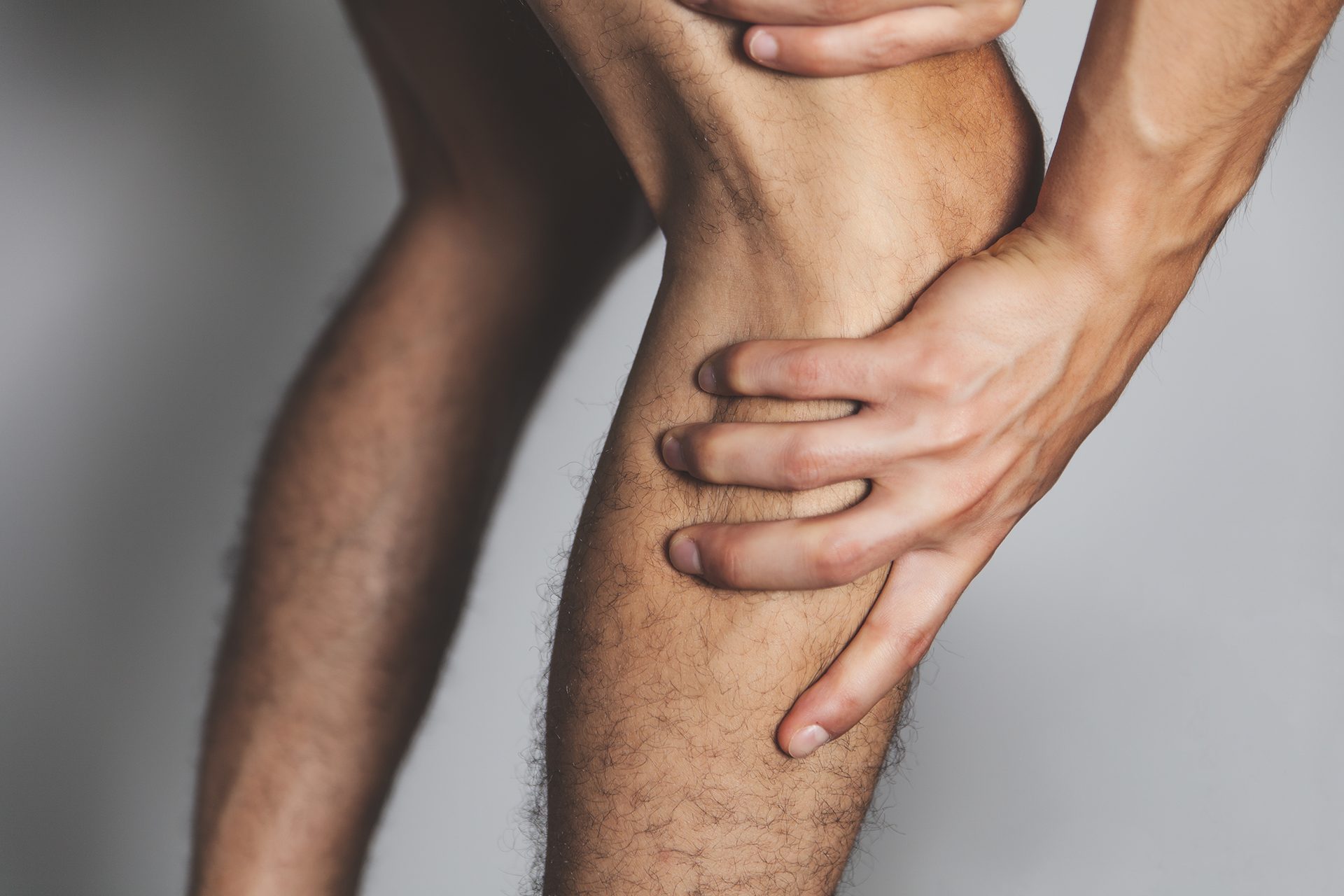
While many associate Osgood-Schlatter with pain in one knee, up to 30% of cases can affect both knees simultaneously. This bilateral occurrence can significantly impact your mobility and participation in physical activities. The disease progression can vary when it comes to our children. Some kids experience symptoms for a few months; others have recurring pain for several years until the growth plates fully mature. That length of time similarly varies for adults with chronic Osgood-Schlatter Disease.
Often, the condition typically resolves without long-term complications. Some children might feel soreness at the tibial tuberosity or develop a noticeable bump that remains into adulthood. In actuality, there may be lingering problems beneath the surface that can return when a person with untreated Osgood-Schlatter Disease returns to physical activity.
Management of Osgood-Schlatter through Podiatry
The goal of podiatric intervention in cases of Osgood-Schlatter Disease is to alleviate immediate discomfort and ensure that you can continue to engage in physical activities without pain, supporting a healthy, active lifestyle. With the right approach, many can return to an active lifestyle without lasting issues despite being dogged by Osgood-Schlatter Disease for most of their lives.
While a hands-off approach to reducing symptoms can be enough for children to handle Osgood-Schlatter Disease, it’s more important for adults to tackle the problem directly. Rest may not be enough to handle the problem in a substantial way, though it can ease immediate symptoms.

A podiatrist can help with chronic Osgood-Schlatter Disease through a range of ways: footwear assessments to make sure your feet are properly supported; custom-made orthotics to aid the leg and correct any misalignment; stretching exercises to add flexibility and dexterity to the foot; strengthening exercises to make sure the knee is properly supported; and education on what warm-ups or cooldowns you can add to your physical activity routine.
All of these work together to lessen pain, improve function, and tackle Osgood-Schlatter Disease at any age.
In severe cases, surgery for Osgood-Schlatter Disease in adults may be recommended. A podiatrist would be helpful in the rehabilitation process following surgery if necessary.
Active, Pain-Free Outlook through Management of Condition
Podiatry care is essential for managing pain and supporting your physical exercise.
Proper podiatric management, including activity adjustments, exercises, orthotics, and education, can help adults recovering from Osgood-Schlatter Disease continue to lead active, healthy lives. If you had Osgood-Schlatter Disease as a child or suspect you did, get in touch with The Foot Practice’s podiatrists to schedule a consultation today.

